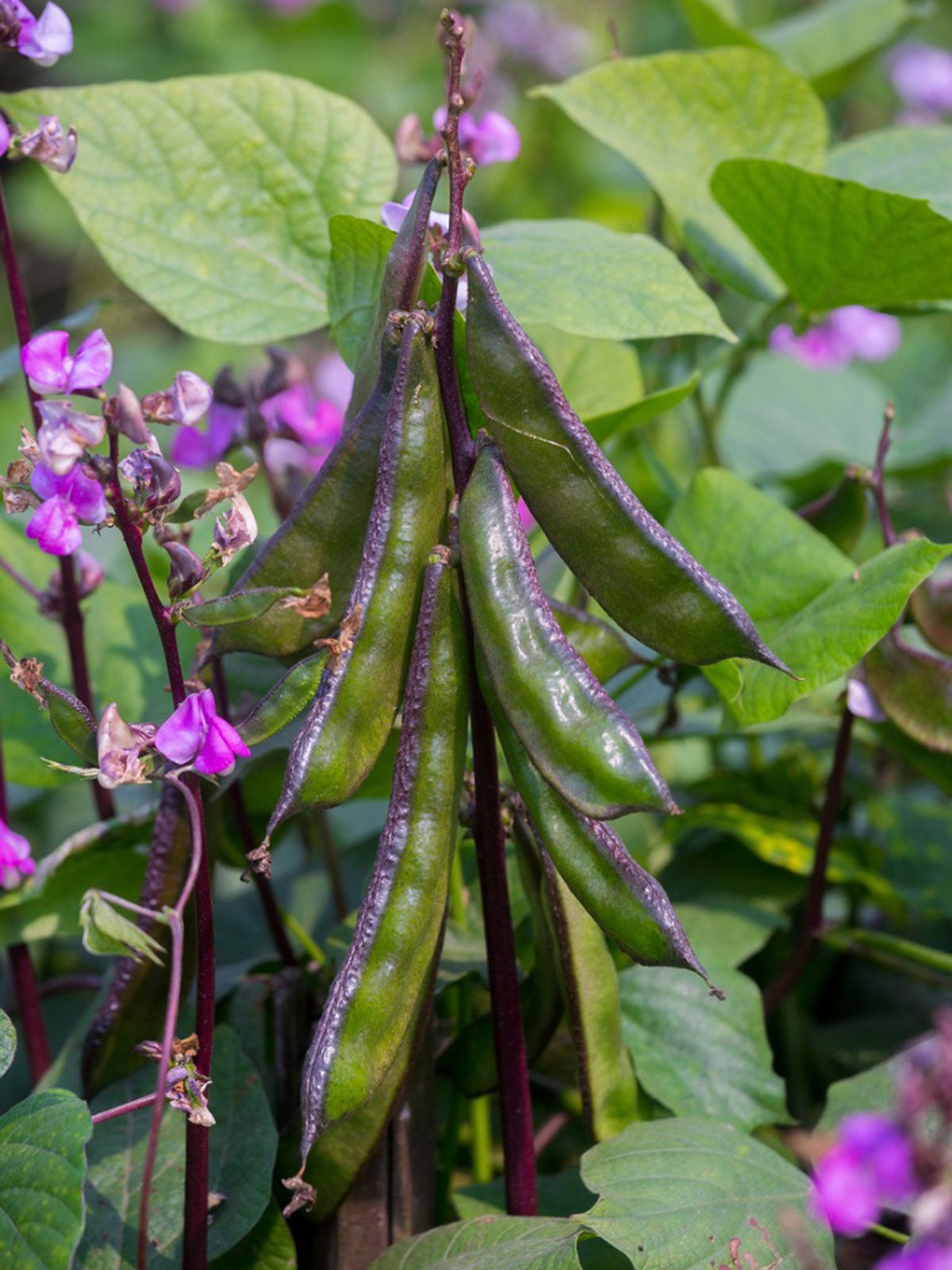China Connection
TB Fanatic
Um, this has arrived for me today. Happy today. Framework for fly hoop arrived also to breed flies in of course..

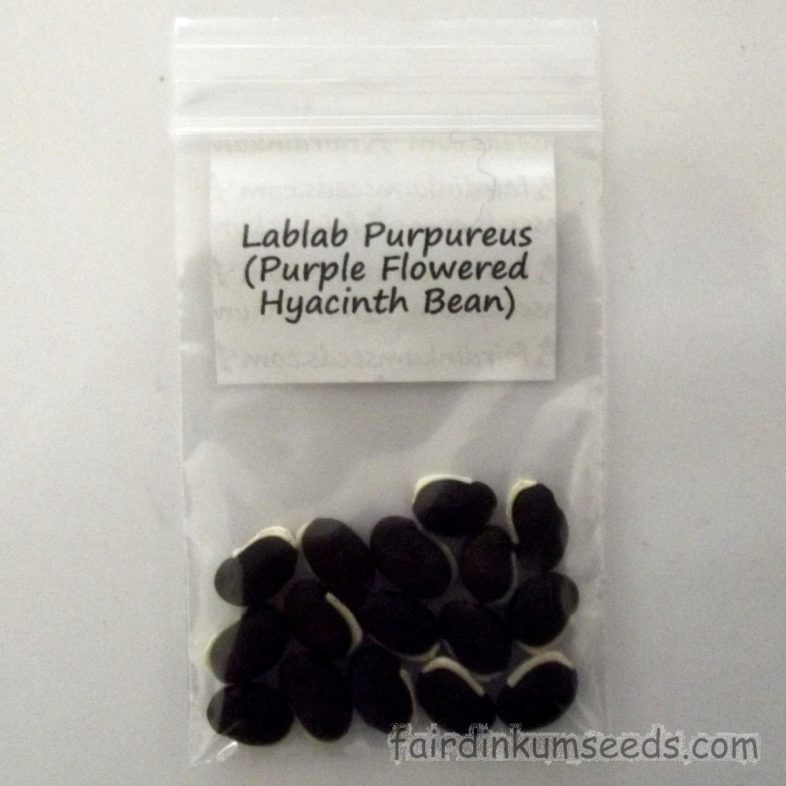

$6.00
Out of stock
Do you want me to EMAIL YOU as soon as I harvest more? Join the Waiting List !
Email Address Your email will be used to notify you about product availability. You can find More info in our privacy policy.
ALTERNATIVELY
You might like this? CLICK ME
Other cool types of Bean!
Please read text!
Hyacinth Purple Flower Indian Bean LabLab Purpureus Seeds
Packet of 15+ HOME GROWN SEEDS!
It is generally pretty hard to find organically grown seed from this fella, and here is plenty to get you started!
Huge crops, awesome purple, mauve, pink and white flowers, decent food and fodder crop, and it grows like a weed.
Now that’s my sort of plant!
Known by heaps of names, Old man beans, Poor mans beans, Hyacinth beans, Dolichos, Lablab beans, Rongai bean, Fuji mame, Butter Beans or even Bouanavista pea.
Very nutritious once cooked with about 30% protein and high levels of Vitamins A, B, C, Potassium, Phosphorus, Calcium, Iron, Magnesium along with a heap of trace elements.
The plants themselves have been cultivated for thousands of years and are quite delicious when harvested young, and as they are constantly producing new flowers and tender beans its super easy to just wander down and pick a half a bucket or so.
They can be stirfried, steamed, boiled and the mature dried beans have been dried and pounded into cake/breads and baked by many Africa tribes for millennium.
They are a very nutritious staple in many regions of the world even today. Especially popular in Japan, India, Thailand and of course Africa. But even gaining popularity in the USA these days due to its hardiness and versatility.
They can be grown up a fence or trellis with great effect.
You can even grow them in a large pot on an apartment balcony, just letting them spread out on the handrail.
Unlike other beans that die out each year this one just keeps on producing, if it gets too big, just hack a bit off it. Its pretty hard to kill them, even if you really neglect them.
Getting more common as a green manure and soil building crop due to its massive yields and productivity.
But don’t worry about it becoming a pest, as if you want to kill it, just cut it off 3cm below the ground with a shovel. One good chop and its gone for good (worked that one out by accident!).
The leaf is edible to Kangaroos, Cattle, Horses and other stock, although it doesn’t taste that flash in my opinion.
I have the White Flower Lab Bean too.
Grown by us organically, no nasties, no chems, no problems!!!




$6.00
Out of stock
Do you want me to EMAIL YOU as soon as I harvest more? Join the Waiting List !
Email Address Your email will be used to notify you about product availability. You can find More info in our privacy policy.
ALTERNATIVELY
You might like this? CLICK ME
Other cool types of Bean!
Please read text!
Hyacinth Purple Flower Indian Bean LabLab Purpureus Seeds
Packet of 15+ HOME GROWN SEEDS!
It is generally pretty hard to find organically grown seed from this fella, and here is plenty to get you started!
Huge crops, awesome purple, mauve, pink and white flowers, decent food and fodder crop, and it grows like a weed.
Now that’s my sort of plant!
Known by heaps of names, Old man beans, Poor mans beans, Hyacinth beans, Dolichos, Lablab beans, Rongai bean, Fuji mame, Butter Beans or even Bouanavista pea.
Very nutritious once cooked with about 30% protein and high levels of Vitamins A, B, C, Potassium, Phosphorus, Calcium, Iron, Magnesium along with a heap of trace elements.
The plants themselves have been cultivated for thousands of years and are quite delicious when harvested young, and as they are constantly producing new flowers and tender beans its super easy to just wander down and pick a half a bucket or so.
They can be stirfried, steamed, boiled and the mature dried beans have been dried and pounded into cake/breads and baked by many Africa tribes for millennium.
They are a very nutritious staple in many regions of the world even today. Especially popular in Japan, India, Thailand and of course Africa. But even gaining popularity in the USA these days due to its hardiness and versatility.
They can be grown up a fence or trellis with great effect.
You can even grow them in a large pot on an apartment balcony, just letting them spread out on the handrail.
Unlike other beans that die out each year this one just keeps on producing, if it gets too big, just hack a bit off it. Its pretty hard to kill them, even if you really neglect them.
Getting more common as a green manure and soil building crop due to its massive yields and productivity.
But don’t worry about it becoming a pest, as if you want to kill it, just cut it off 3cm below the ground with a shovel. One good chop and its gone for good (worked that one out by accident!).
The leaf is edible to Kangaroos, Cattle, Horses and other stock, although it doesn’t taste that flash in my opinion.
I have the White Flower Lab Bean too.
Grown by us organically, no nasties, no chems, no problems!!!

Hyacinth Purple Flower Indian Bean LabLab Purpureus Seeds | Fair Dinkum Seeds
Hyacinth Purple Flower Indian Bean LabLab Purpureus Seeds Packet of 15+ home grown seeds! It is generally pretty hard to find organically grown seed from this fella, and here is plenty to get you started! Huge crops, awesome purple, mauve, pink and white flowers, decent food and fodder crop, and...
fairdinkumseeds.com

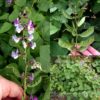


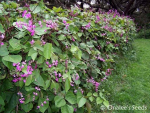
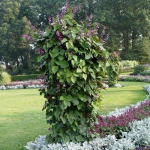
:max_bytes(150000):strip_icc():format(webp)/close-up-of-lablab-purpureus-on-vine-593753849-5b1c98df3418c60036c7a2ac.jpg)
:max_bytes(150000):strip_icc():format(webp)/imagenavi-5c50b16246e0fb00014a2eb3.jpg)
:max_bytes(150000):strip_icc()/how-to-grow-purple-hyacinth-bean-plants-412553205-debca3e07b304019817a959b406b3459.jpg)
